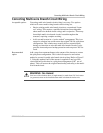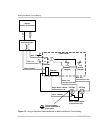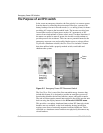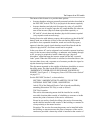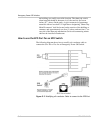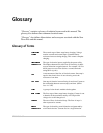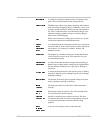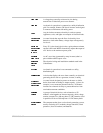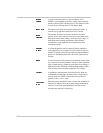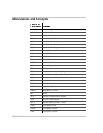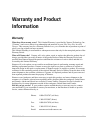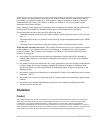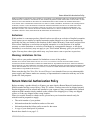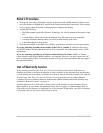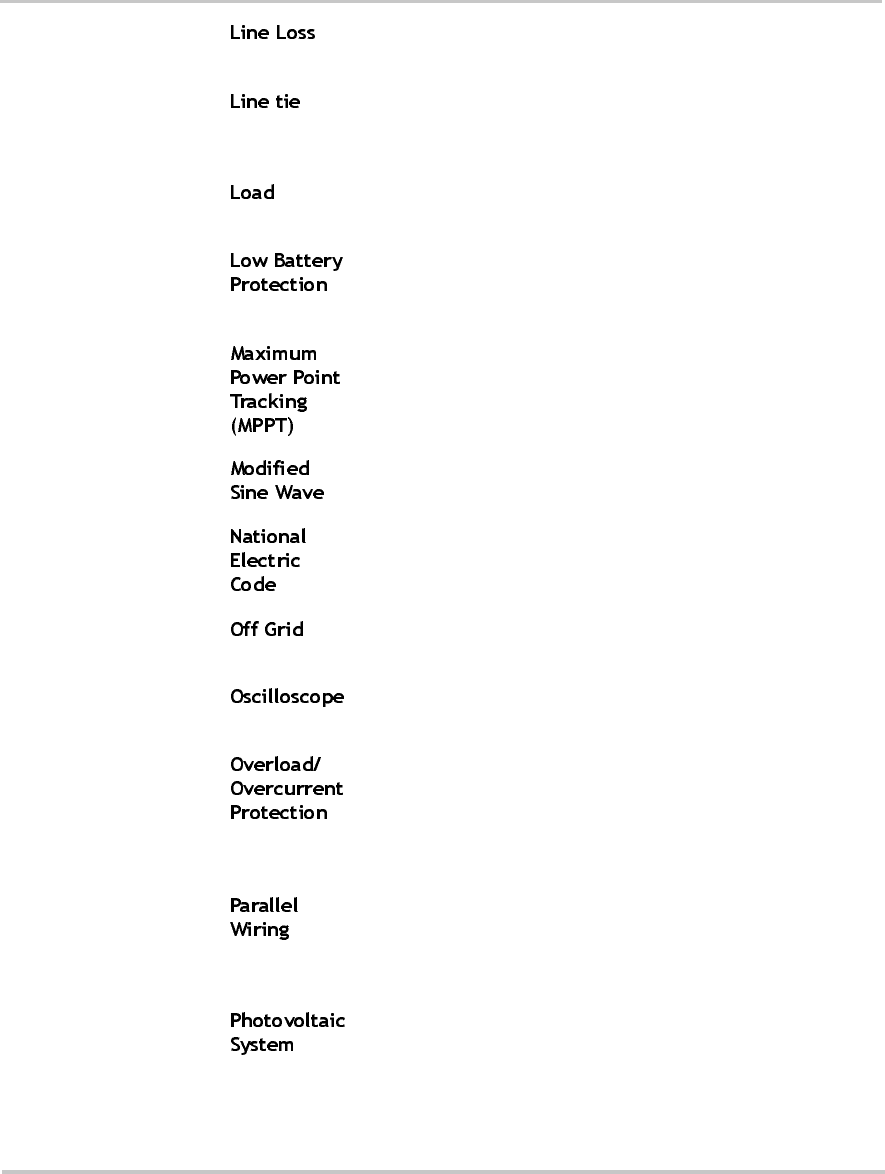
976-0043-01-02 H–3
A voltage drop caused by resistance in wire during
transmission of electrical power over distance.
An electrical system that is connected to a utility distribution
grid. For example, Xantrex SW line tie inverters are designed
to connect to and interact with utility power.
Any device that consumes electricity in order to operate.
Appliances, tools, and lights are examples of electrical loads.
A control circuit that stops the flow of electricity from
batteries to loads when battery voltage drops to dangerously
low levels.
Every PV (solar electric) device has a point where maximum
current is delivered. MPPT electronically adjusts the output of
a PV device to the maximum power point.
An AC wave form (generated by many inverters) that is a
pulse width modified square wave.
The electrical wiring and installation standards used in the
United States.
An electrical system that is not connected to a utility
distribution grid.
A device that displays the wave form created by an electrical
generating device such as a generator, inverter, or utility.
A control circuit designed to protect an inverter or similar
device from loads exceeding its output capacity. (A fuse, for
example, is an overcurrent protection device.) All Xantrex
inverters have internal circuitry to protect themselves from
overload/overcurrent conditions.
A group of electrical devices, such as batteries or PV
modules, wired together to increase ampacity, while voltage
remains constant. Two 100 amp hour 12 VDC batteries wired
in parallel will form a 200 amp-hour 12 VDC battery bank.
The components that form a solar electric generating system,
usually consisting of PV modules, charge controller, circuit
protectors (fuses or breakers) and batteries.



